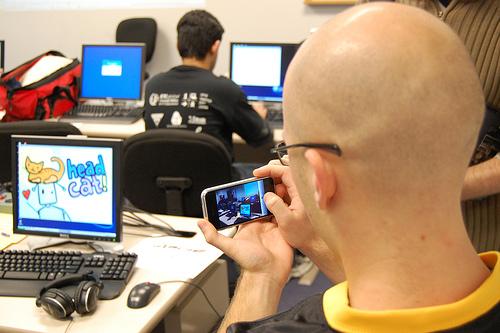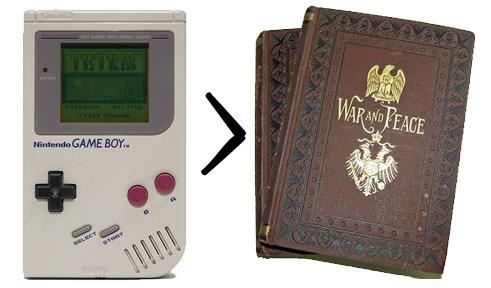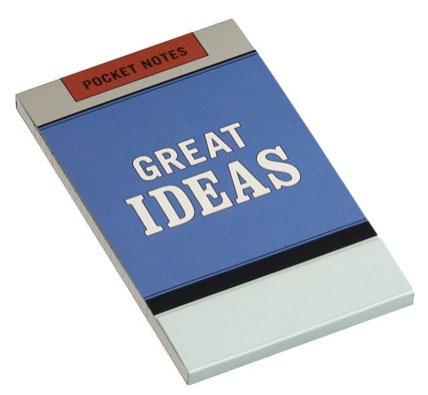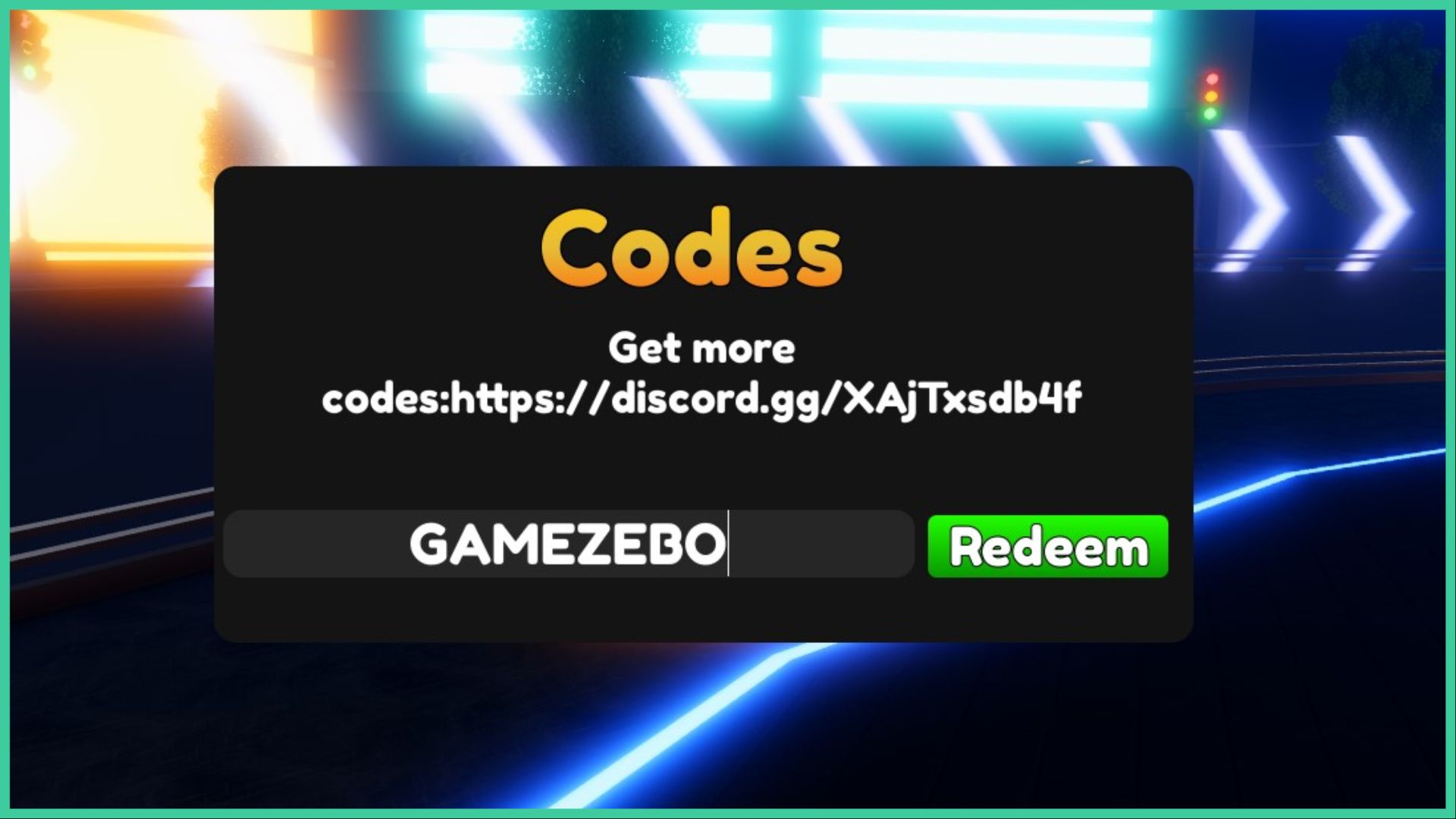- Wondering how to get Monopoly GO! free rolls? Well, you’ve come to the right place. In this guide, we provide you with a bunch of tips and tricks to get some free rolls for the hit new mobile game. We’ll …
Best Roblox Horror Games to Play Right Now – Updated Weekly
By Adele Wilson
Our Best Roblox Horror Games guide features the scariest and most creative experiences to play right now on the platform!The BEST Roblox Games of The Week – Games You Need To Play!
By Sho Roberts
Our feature shares our pick for the Best Roblox Games of the week! With our feature, we guarantee you'll find something new to play!Anime Fantasy Codes – Free Gems and Tokens
By Adele Wilson
Our Anime Fantasy Codes guide has a list of codes that offer up a variety of rewards, such as gems, tokens, and lots more!
How to Start a Games Development Studio – Part 1: The Creative Side
Over the last few years a combination of the connectivity offered by the Internet, easily available development tools such as Flash or UDK, and a proliferation of new platforms such as iPhone and Android has meant that making and publishing games has never been easier. Stories abound of a handful of people who have made their fortunes from simple yet popular games ideas such as Angry Birds or Minecraft. It has been said that we all have at least one novel inside us – does that translate to games too? I am going to take a look at how we might extract those games ideas from your head into playable experiences you can share or sell.

Over the last few years a combination of the connectivity offered by the Internet, easily available development tools such as Flash or UDK, and a proliferation of new platforms such as iPhone and Android has meant that making and publishing games has never been easier. Stories abound of a handful of people who have made their fortunes from simple yet popular games ideas such as Angry Birds or Minecraft. It has been said that we all have at least one novel inside us – does that translate to games too? I am going to take a look at how we might extract those games ideas from your head into playable experiences you can share or sell.
This blog article looks at the creative side of the process, about the ideas and inspiration. The next article I’ll be contributing is about the business side of starting a new studio. Neither is an exhaustive list of all the issues nor a fool-proof guide to making it. Make no mistake; making games is hard work, and making money from games is tough. However the reward of seeing other people getting pleasure from your game and giving them a slice of fun makes the hard slog feel worth it.
Games are made from a combination of a design for the game, artwork and sounds that represent that design and programming to bring it together. Currently at Red Wasp Design we have one programmer, one artist and one designer (me!) and we’re outsourcing the sound design. One person can have multiple roles. For example, a programmer might also do the design, but ultimately you need all of these roles covered to make your game happen.
Ideally you’ll be in a position to do at least one of the roles. If not, you need to find more people to join you. For that you’ll either need to hire them or get them to join you at the start as a partner in the project. In many ways I think it’s a huge advantage to have others join you as partners in this sort of venture, as it shares the responsibility around and gives you others to bounce ideas and suggestions off of.

If you’re not in a position to do at least one of the roles; then ask yourself what are you offering? There are other non-core roles that can still make or break a studio such as marketing or finance. It might also be worth training up to be able to do one of these roles, so you are better able to represent your ideas around the table.
Where can you find partners for this venture? If you’re a student on a games or technology course, then look around you. Universities and the like will often have arts, programming or design courses. Stick some posters up asking for like minded people to contact you. You can also get involved in the mod scene or the open source development scene, where like-minded people meet to make content for existing games or indeed new games – it’s a great way to get experience and meet fellow enthusiasts.
Assuming you’ve been able to assemble a team of people, next you need to know what sort of a game you wish to make. Before you can consider making games, you need to have some great ideas for games. In general I think you should avoid ideas for games that are following where everyone else is going. Currently lots of developers are making FarmVille-type games and there is lots of opportunity in that genre. However unless you’re a huge fan of them, you’ll struggle to be inspired enough to make something really special that will stand out. Stick to what you know for now and worry about making the sort of games you would buy.
One of the most common conversations I have in social situations after I’ve had the inevitable “what do you do for a living?” question and I’ve answered, “I’m a games designer,” is the follow up discussion where they tell me about their amazing idea for a game. However very rarely is it an idea for a game, more often than not it is a narrative setting in which you might place a game. But it could also be a film, and if you’re thinking story first a foremost, I’m not sure you’re in the right place to be making games. This is not meant to be mean – it’s just that while games can have a story and can benefit from a story, many games don’t need them nor fail to be great games without them. What is the story in Tetris? Why are these blocks falling from the sky? Nobody cares, because it’s an amazing puzzle game. Modern Warfare 2; amazing game but the story was a little disconnected. That didn’t stop me from paying cold hard cash for a copy and playing it over and over. Metal Gear Solid; what is the story there? I have no idea. I lost the plot ages ago and skipped the dialogue to get to the good stuff; the gameplay.

This might sound off the point, but key to generating a great game idea is to be thinking of the game’s core mechanic. The core mechanic is the thing at the heart of the game that we as the player get to control and what that control means in the game world. In Angry Birds the core mechanic is flinging objects to take out targets. As the player I get to control the strength and angle of the flinging. That’s the core mechanic. In Star Wars: The Battle for Hoth I can place objects in the landscape that shoot to stop other target units from routing between two points. As a player I get to control the type and position of the objects I place. This placement strategy forms the core mechanic.
Once you’ve got the core mechanic, you then start to add variation to this. So in Angry Birds it starts to vary the type and function of the Birds while making the targets stronger and more complex. In Star Wars: The Battle for Hoth, the player gets more types of units to place while the enemy gets stronger and starts to shoot back. Then we can look to layer in secondary game mechanics; these are additional gameplay devices that build on the overall experience. Secondary mechanics need to complement and not detract from the core mechanic. In Angry Birds, it is about adding an interaction to the functionality of the additional bird types. In Star Wars: Battle for Hoth we added a resource collection component and also AI controls for the units.
Ideas, while vital to good games, are in many ways the easiest of the whole process. It’s easy to think of new ideas, taking only seconds to have a light-bulb moment. Implementing the idea is the tough bit, and that can take months. So be free with your ideas, share them, write them down, drop them, remix them. Whenever I have an idea, I jot it down; I keep a note page on my iPod with games ideas on. Just a few words on each, but enough to remind me of what I was thinking about. This means I’ve always got lots of ideas handy to tap into (mine has 40 odd ideas on it currently). I know lots of them will be rubbish, but within that list I hope there are some uncut gems we can build upon.

Ideas should also be a shared resource with the team, listening to your fellow games developers’ own ideas and pushing your ego into the background so that the main criteria for the adoption of an idea is not who generated it, but how good it is. Take note of the systems you and your team are generating to arrive at an idea; as a game development project progresses, you’ll need more ideas within that game. The same process you’re developing here should serve you well at these other points too.
Finally, draw deep and wide for inspiration. Yes, play lots of games but also look to art, literature, TV, films and everyday life to inspire you. A brilliant idea can come from anywhere and at any time – it’s your job to be ready to catch it!
Tomas Rawlings is a games designer and consultant. He co-founded Red Wasp Design and is Creative Director at Auroch Digital. He is currently producing amongst other things, a panel at the Develop Conference in the UK where you can find out more about making games.
More articles...
Monopoly GO! Free Rolls – Links For Free Dice
By Glen Fox
Wondering how to get Monopoly GO! free rolls? Well, you’ve come to the right place. In this guide, we provide you with a bunch of tips and tricks to get some free rolls for the hit new mobile game. We’ll …Best Roblox Horror Games to Play Right Now – Updated Weekly
By Adele Wilson
Our Best Roblox Horror Games guide features the scariest and most creative experiences to play right now on the platform!The BEST Roblox Games of The Week – Games You Need To Play!
By Sho Roberts
Our feature shares our pick for the Best Roblox Games of the week! With our feature, we guarantee you'll find something new to play!Anime Fantasy Codes – Free Gems and Tokens
By Adele Wilson
Our Anime Fantasy Codes guide has a list of codes that offer up a variety of rewards, such as gems, tokens, and lots more!



